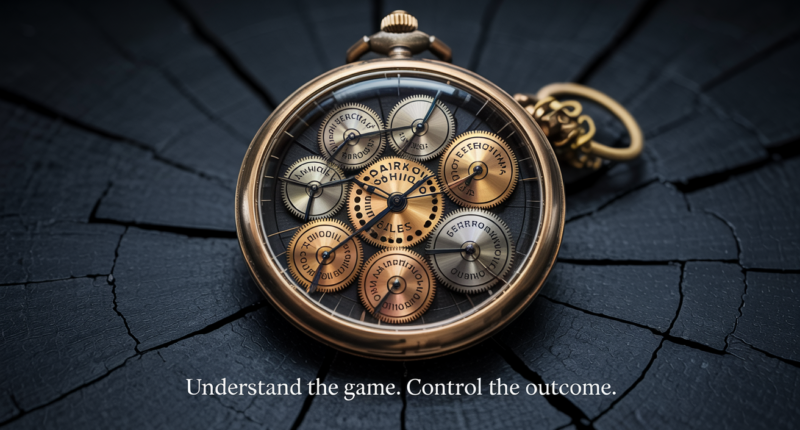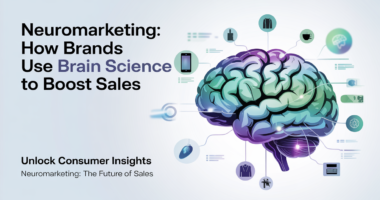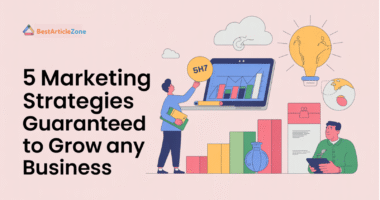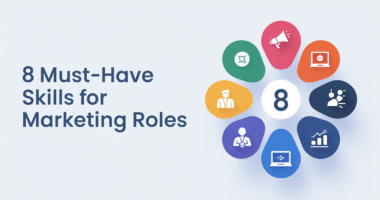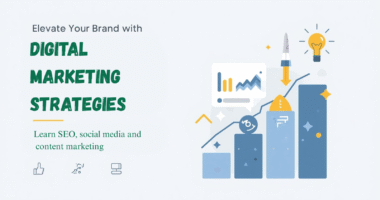In today’s competitive market, understanding the hidden motivations that drive buying behaviour can give sales professionals a powerful edge. Dark psychology techniques draw on cognitive biases and emotional triggers to increase conversions when used ethically. The following guide breaks down eight such techniques with simple examples and cautions. Each strategy is presented in clear language so you can apply it responsibly in everyday sales conversations.
1. Reciprocity: giving to get
Principle. People feel obliged to return a favour when someone has given them something first. Research on persuasion notes that humans are wired to reciprocate; even small freebies make people more likely to offer concessions. In sales, giving value upfront builds goodwill and nudges prospects toward a purchase.
Example. Offer a free e‑book, trial or helpful consultation. A marketer who sends a detailed buying guide to email subscribers might find that recipients feel indebted and are more receptive to upsell offers. The key is to provide genuine value without immediately asking for something in return.
Tip. Ensure the freebie relates to your core product and sets the stage for a fair exchange. This technique works best when it feels like a gift rather than a gimmick.
2. Foot‑in‑the‑door: start small, then scale
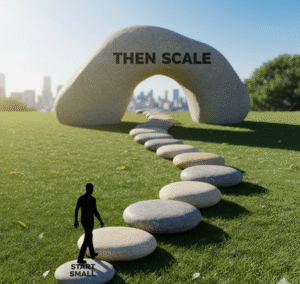
Principle. The foot‑in‑the‑door method relies on commitment and consistency. Psychologists Freedman and Fraser found that homeowners who agreed to display a small sign were later 76 % more likely to accept a larger one, compared with less than 20 % who received the large request first.
Example. In sales, ask prospects to perform a tiny action—such as downloading a demo or answering a short survey. This initial commitment shifts their self‑perception to “customer” or “supporter”, making them more open to a larger purchase later. For instance, a SaaS company might offer a free widget that requires sign‑up, then follow up with a paid premium plan.
Tip. Keep the initial ask simple and non‑threatening; gradually increase the commitment while maintaining trust.
3. Social proof: follow the crowd
Principle. When uncertain, people look to others for guidance. Social proof is strongest when the behaviour comes from similar peers and when the situation is ambiguous. In e‑commerce, displaying customer ratings and popularity signals taps this bias.
Example. Clothing brand ModCloth shows hearts and badges indicating how many users love an item. Similarly, a software seller might highlight testimonials or “400 companies use our product” banners. These cues assure prospects that others like them trust the product.
Tip. Use authentic reviews and user numbers; fake or exaggerated social proof can backfire and erode credibility.
4. Authority and liking: leverage trust and relatability
Principle. People are more likely to comply with requests from authority figures and people they like. A persuasive authority can be a celebrity, expert or even a well‑known company founder. For example, ShoeDazzle gained traction partly because it was co‑founded by a celebrity, lending credibility. Liking also matters; buyers prefer doing business with someone they feel a personal connection with.
Example. Use endorsements from respected industry figures or highlight your credentials. On your website’s “About Us” page, share stories and photos that humanise your teamcxl.com, making prospects feel they know you. Combining authority with friendliness creates both trust and warmth.
Tip. Avoid using authority or charm to mislead; emphasise real expertise and shared values.
5. Scarcity and FOMO: limited time, limited quantity
Principle. Fear of missing out (FOMO) arises when people worry about being excluded. FOMO marketing capitalises on this fear by creating urgency and exclusivity through limited‑time offers or showing that others are snapping up the deal. OptinMonster notes that FOMO works best when used sparingly with genuine value.
Example. E‑commerce sites display “Only 3 left in stock!” or run 24‑hour flash sales to drive quick decisionscrowdspring.com. Airlines frequently show countdown timers and highlight how many people are viewing a flight.
Tip. Ensure that scarcity is real—fabricated scarcity can damage trust. Combine time limits with visible demand (e.g., “1 200 people signed up today”) to encourage action.
6. Anchoring and the decoy effect: set the reference point
Principle. Anchoring occurs when initial prices influence perceptions of subsequent offers. Presenting a high anchor makes a later price seem like a bargain. In the decoy effect, adding a third option that is inferior to one choice but only partially inferior to another pushes customers toward the targeted option. For example, a cinema offers a small popcorn for $3, medium for $6.50 and large for $7; most choose the $7 large because the medium acts as a decoy.
Example. Retailers often show an expensive “deluxe” product next to a mid‑priced “popular” option so the latter appears reasonable. Another tactic is “was £90, now £50” deals; the original high price serves as an anchor, making the discount seem irresistibleinvespcro.com.
Tip. Use decoys and anchors ethically by providing real value at each price tier and clearly communicating features to avoid confusing customers.
7. Loss aversion and urgency: highlight what’s at stake
Principle. People feel the pain of losses more acutely than the pleasure of equivalent gains. Marketers exploit this by emphasising what buyers could lose if they delay. Urgency phrases such as “only a few left” or “today only” tap the fear of missing out and encourage quicker purchases.
Example. Subscription services often warn that introductory rates will expire soon or that bonuses will disappear unless you act now. E‑commerce brands display stock counters or countdown timers to remind shoppers that waiting may cost them. These tactics push potential customers to prioritise action.
Tip. Use urgency sparingly; constant pressure makes buyers feel manipulated. Highlight genuine benefits they will lose rather than resorting to scare tactics.
8. Mirroring: reflect your customer’s behaviour
Principle. Mirroring involves subtly mimicking a prospect’s posture, speech patterns or tone to build rapport. Neuroscience research shows that mirror neurons fire both when we perform an action and when we observe someone else doing it. Salespeople who mirrored negotiation partners reached agreements 67 % of the time versus only 12 % for those who did not mirror.
Example. During a call, match the prospect’s pace of speech and vocabulary. In person, adopt similar body language and gestures. A Harvard Business Review study found that retail professionals who mirrored customers enjoyed a 17 % higher closing rate.
Tip. Keep it subtle; obvious imitation feels insincere. Mirroring works best one‑on‑oneblog.hubspot.com and should be used to create genuine connection, not manipulation.
Conclusion
Dark psychology techniques can be powerful allies when used responsibly. By understanding reciprocity, commitment, social proof, authority, scarcity, anchoring, loss aversion and mirroring, sales professionals can craft ethical strategies that align with human psychology. Always remember that transparency and genuine value should guide your application of these tactics. When used wisely, they can help build trust, motivate timely decisions and ultimately drive sustainable growth.
